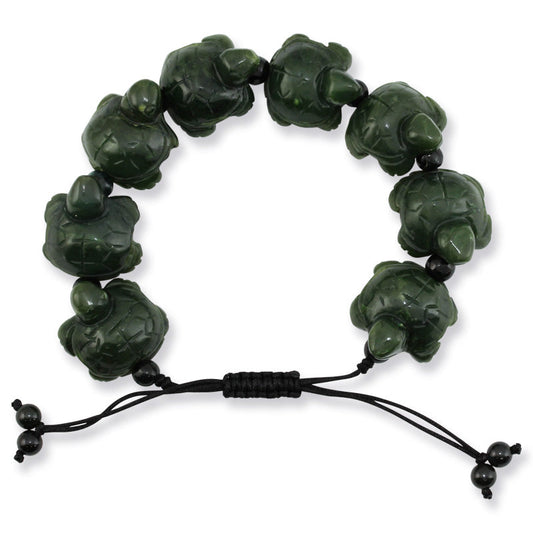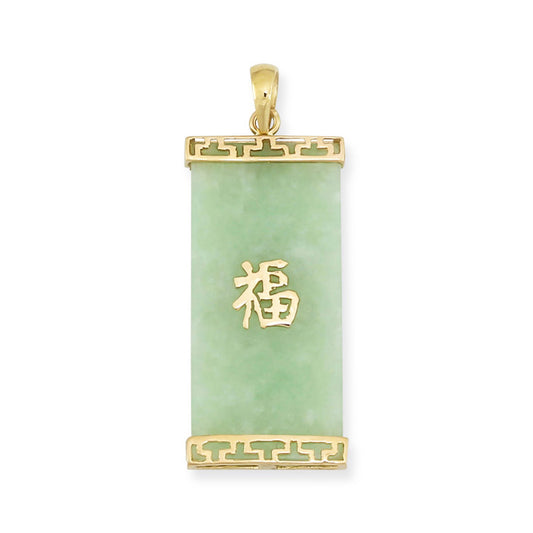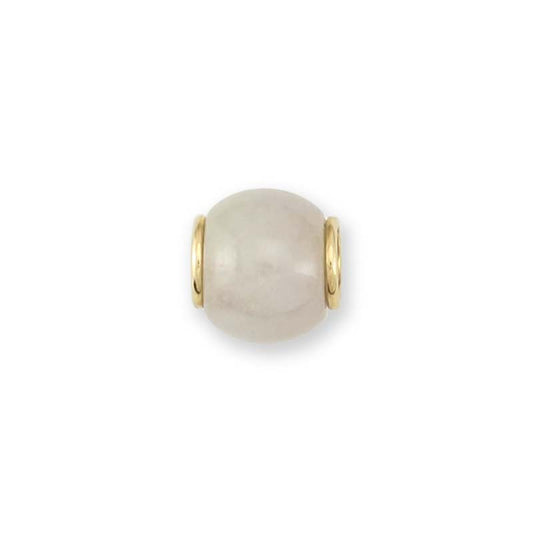“Gold is valuable, but jade is priceless.”
Among jade’s wide spectrum of colors, green jade holds a special allure, symbolizing renewal, prosperity, and vitality. Green is the highest valued color of jadeite jade. The most valuable strand of green jadeite jade beads ever sold at auction was the Barbara Hutton-Mdvani Jadeite Necklace sold for $27.4 million in April 2014.
In this article, we’ll take you through the fascinating world of green jade, exploring its gemology, historical significance, and cultural symbolism.

Jade Gemology
Jadeite jade, in its pure form, is colorless. However, trace elements such as chromium or iron can imbue it with a stunning green hue. Chromium, either as a trace element or substituting for aluminum in jadeite’s crystal structure, is primarily responsible for the green coloration. In some instances, iron may also contribute to the green tones observed in jade. It's worth noting that black jade is essentially extremely dark green jade, having higher concentrations of chromium or iron. The green hue can sometimes be seen in translucent black jade by being backlit with a penlight, or the keen eye might be able to see a tint of green on the dark surface of the jade.

Jade History
For thousands of years of Chinese history, white nephrite was the highest prized color of jade. This changed dramatically in the 1700’s thanks to a…well…I guess you could say "passionate" emperor named Qianlong.

By Giuseppe Castiglione - Palace Museum, Beijing, Public Domain, https://commons.wikimedia.org/w/index.php?curid=15172620
Emperor Qianlong fell in love with a woman named Fucha. They were married, but her unfortunate passing resulted in the emperors descent into madness.
He became obsessed with jade.
He began carving poetry into priceless jade artifacts. He slept in a jade bed, combed his hair with jade brush, ate out of jade plates and bowls. But it didn’t stop there. Qianlong eventually launched a military campaign to reincorporate Xinjiang into China's territory so that he would have access to the nephrite jade mines in Xinjiang and their respective trade routes.
After exhausting the jade resources at his disposal, he set his eyes on the elusive green gem known to come out of Burma, known to the Chinese as "fei cui." His obsession drove him to send an army in search of the jade which resolved in a trade agreement between China and Burma, formally introducing green jadeite jade into the Chinese market.
Many people think of jade as green, not realizing that it comes in so many other colors. For millenia, this wasn’t the case. The introduction of the green jadeite jade trade eventually transformed the public perception of jade into the way we see it today.
Jade Meaning
In Chinese culture, green jade is revered as a symbol of good luck, prosperity, and longevity. It's believed to possess protective qualities and bring harmony to the wearer. The color green represents renewal and growth, reflecting the cyclical nature of life and the rejuvenation of the natural world. Beyond China, green is also associated with health and healing in many cultures, symbolizing the restorative power of nature.
—
The Mason-Kay Promise
At Mason-Kay Jade, we offer a diverse range of green jade jewelry, catering to every style and budget. From affordable pieces to exquisite imperial jade jewelry, our collection showcases the beauty and versatility of green jade. Whether you're drawn to green jade rings, bangles, bracelets, earrings, carvings, pendants, necklaces, or statuary, we have something for everyone.
Every single piece we sell has been tested and is guaranteed natural and untreated.
In business since 1976, Mason-Kay is the leading supplier of natural jadeite jade jewelry in the United States, operating out of Centennial, Colorado by the Mason family: Jeff and Kristina.






